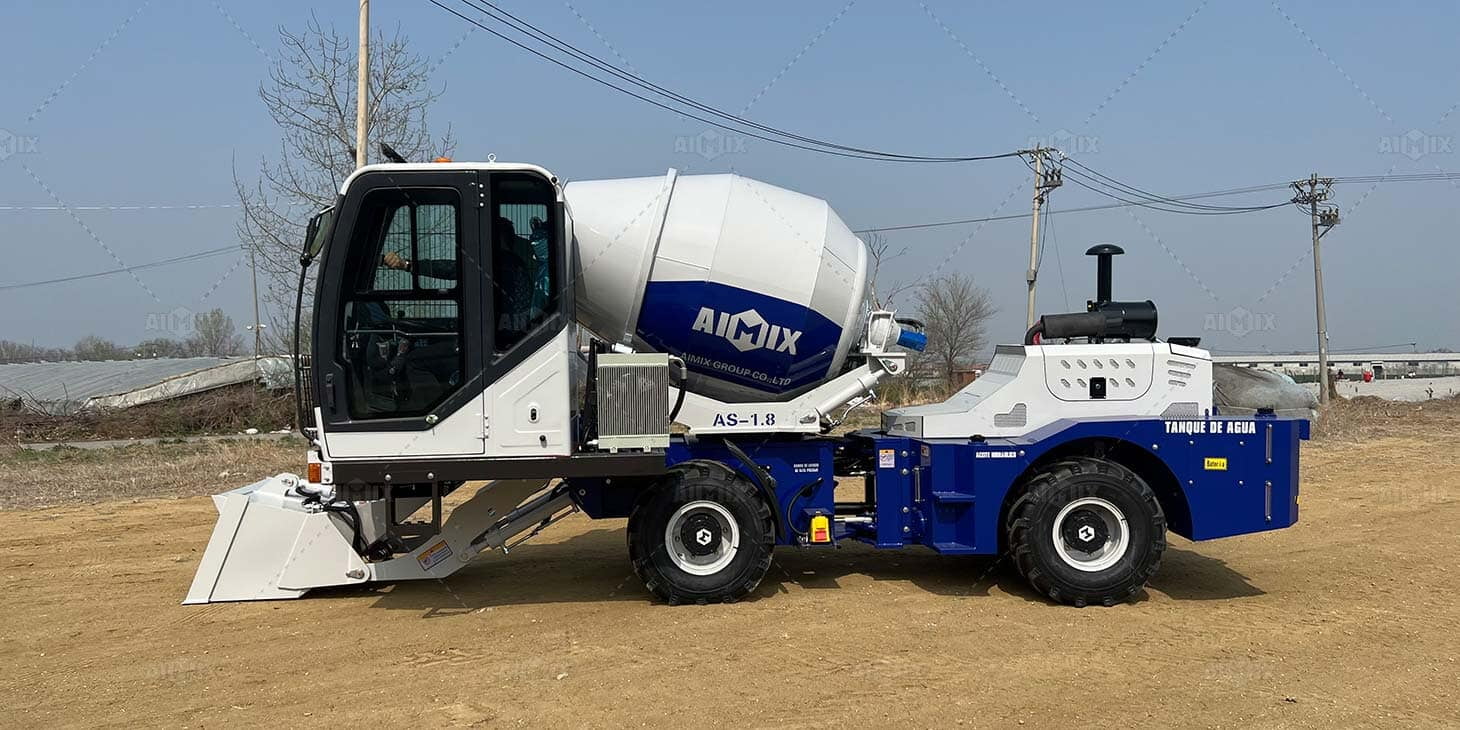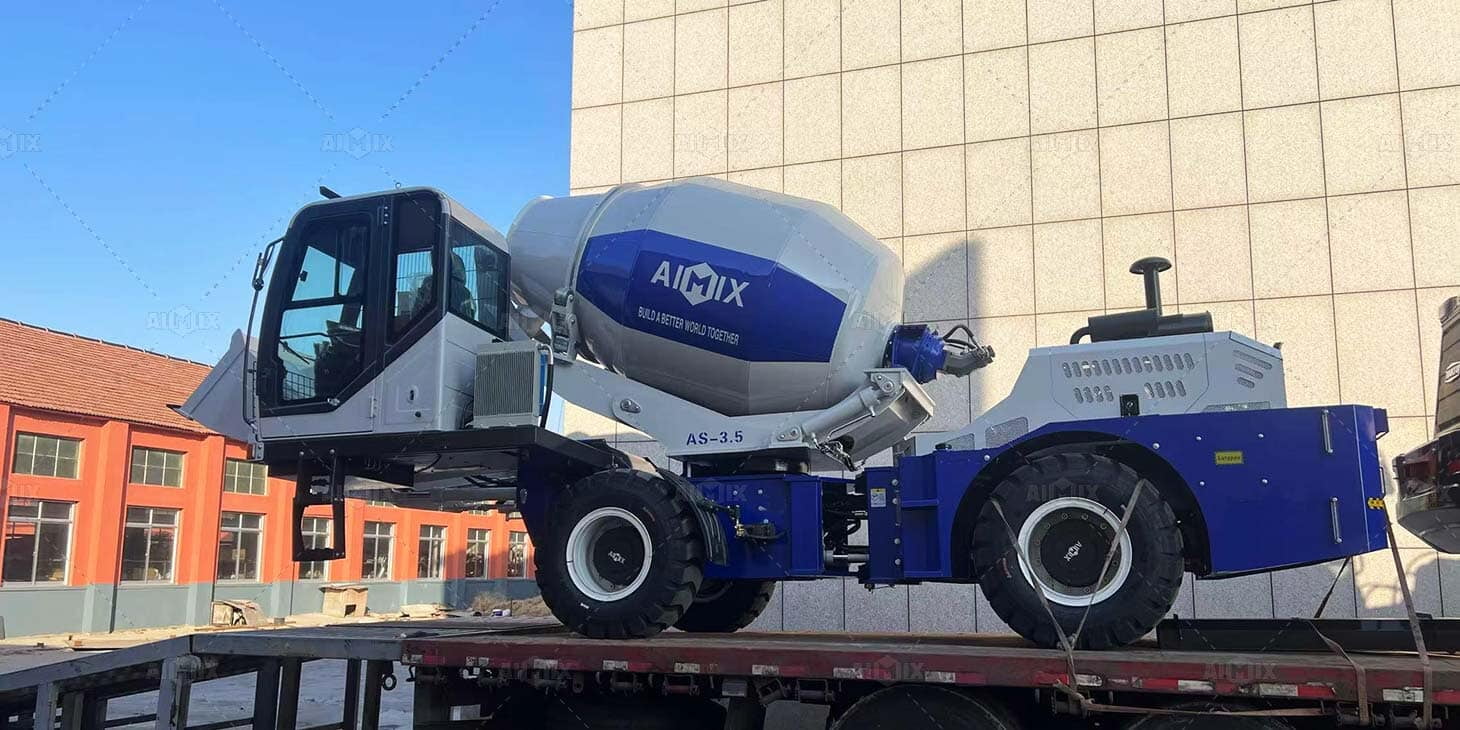In the fast-paced world of modern construction, time is an essential resource that can make or break a project. With tight deadlines becoming increasingly common, the demand for efficiency and speed has never been higher. One tool that has significantly contributed to meeting these challenges is the self loading cement mixer. This piece of machinery offers remarkable speed advantages, allowing construction teams to speed up project timelines without sacrificing quality. By integrating multiple processes into one system, self-loading cement mixers are transforming the construction industry, providing a clear edge for contractors who need to complete projects quickly and efficiently.
The Need for Speed in Modern Construction Projects
Construction timelines are tighter than ever, with clients expecting quicker turnarounds without compromising the quality of the final product. This pressure to meet deadlines has prompted the need for advanced equipment that can streamline operations and reduce delays. Traditionally, mixing and transporting concrete involved separate machines and processes, each introducing the potential for downtime and inefficiency. However, the self-loading cement mixer simplifies these tasks by combining mixing, loading, and transport into one compact machine. This innovation is crucial in reducing time spent on-site and keeping construction projects on track.

With the self-loading mixer, the ability to load, mix, and transport concrete in a continuous flow allows projects to maintain momentum. It reduces the need for additional workers and machinery, which are often responsible for delays or logistical complications. Moreover, contractors are now able to adjust the mix design and ensure consistent, high-quality output without waiting for external deliveries. In an industry that is increasingly defined by the need to do more in less time, this machine is proving to be a game-changer.
How Self Loading Cement Mixers Accelerate On-Site Operations
One of the core advantages of the self-loading cement mixer lies in its ability to automate many of the tasks traditionally carried out manually. The machine’s built-in system for loading, mixing, and transporting concrete means less time is spent on each step. Workers can load the correct amount of raw materials directly into the drum, mix them thoroughly, and immediately begin pouring—all without needing to rely on multiple teams or external equipment. This level of integration greatly reduces the risk of delays between phases of work.
The self-loading feature of these machines also plays a significant role in reducing idle time. When concrete trucks must be called to the site, there's often a waiting period before materials are delivered and mixed. With a self loading concrete mixer for sale in Nigeria, the contractor can eliminate waiting times, allowing the mixing process to happen on demand. As the mixer is mobile, it moves to different parts of the construction site with ease, ensuring concrete is delivered precisely where and when it's needed. This flexibility enhances overall productivity, as workers do not have to wait for concrete delivery or arrange complicated schedules.
Long-Term Benefits of Speed in Construction
While speed might seem like an immediate advantage, the long-term benefits of utilizing a self-loading cement mixer are equally significant. Faster project completion leads to a reduction in overall project costs, allowing contractors to take on more jobs and maximize profits. With concrete mixed and delivered on-site in record time, the workflow remains uninterrupted, increasing productivity on multiple fronts.
Furthermore, the reduction in the number of machines and workers needed to complete a task leads to substantial labor cost savings. Contractors no longer need to manage multiple workers for loading, mixing, and transporting concrete. The self-loading cement mixer consolidates these roles, streamlining the workforce. Over the course of a project, these labor savings can add up significantly, improving the financial outlook of any construction endeavor.

The quicker completion times also mean that projects are less likely to experience costly delays. As construction timelines are compressed, contractors can avoid the penalties or financial consequences that often come with overrun schedules. This efficiency translates to better overall project management and a more attractive bottom line for businesses in the construction sector.
Conclusion
Self-loading cement mixers are transforming the landscape of modern construction by offering unparalleled speed and efficiency. They streamline on-site operations by integrating multiple processes, minimizing downtime, and reducing the need for external equipment. The long-term benefits—improved productivity, cost savings, and quicker project completion—make these machines indispensable for contractors looking to stay competitive in a fast-paced industry. Investing in a self loading concrete mixer in Tanzania is not just a step toward faster construction; it’s a strategic move toward greater overall success.

